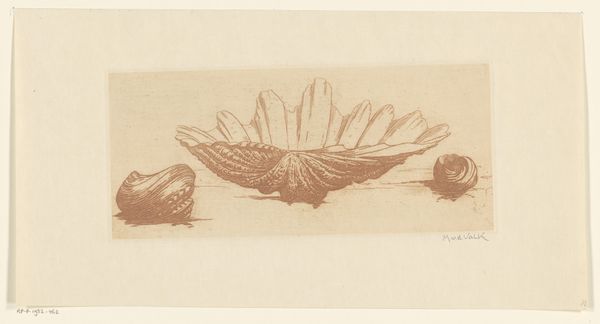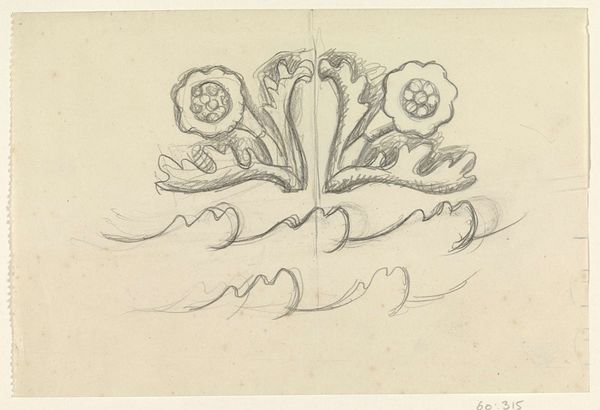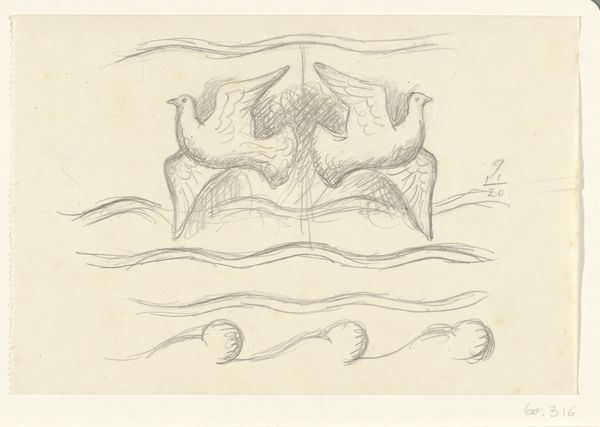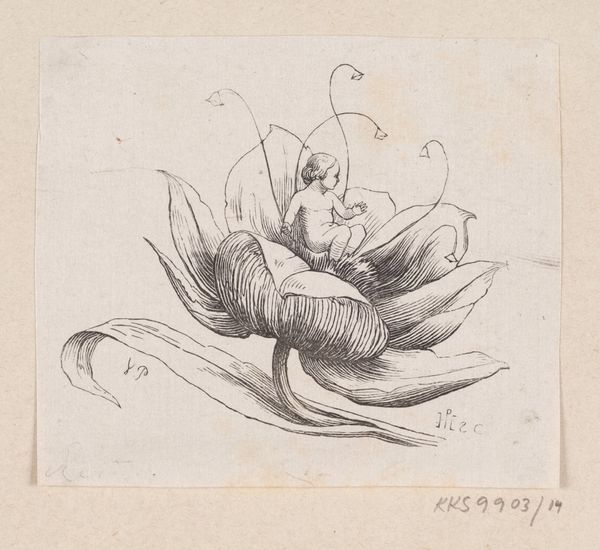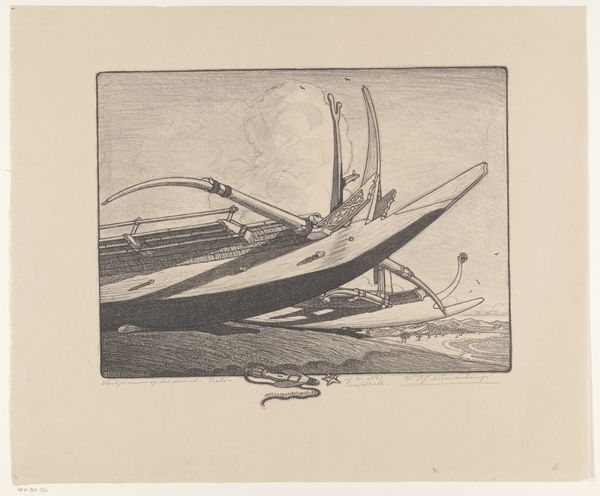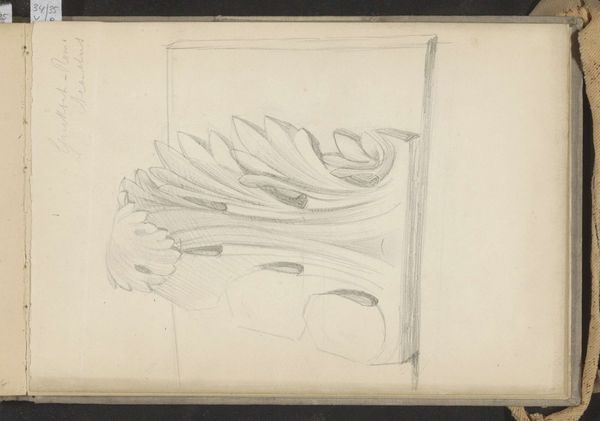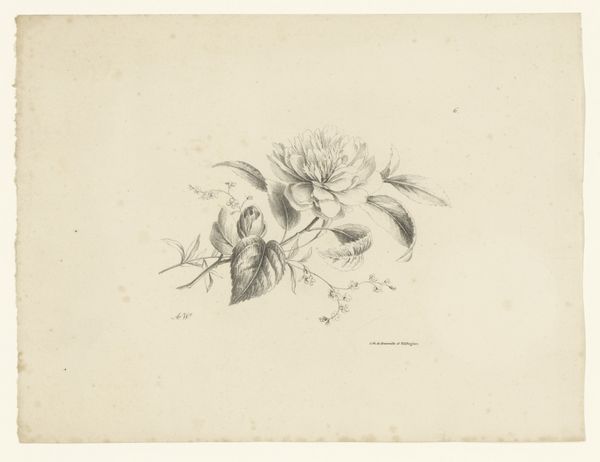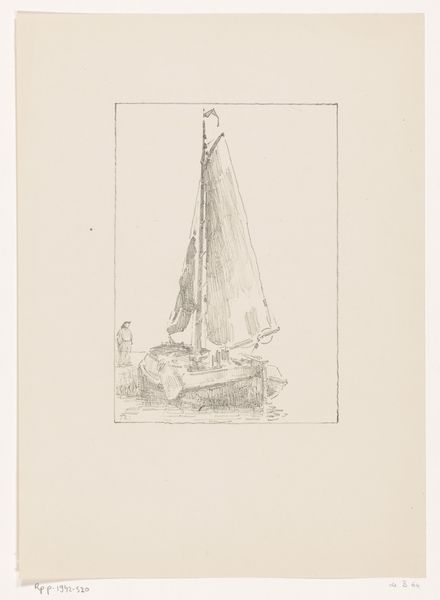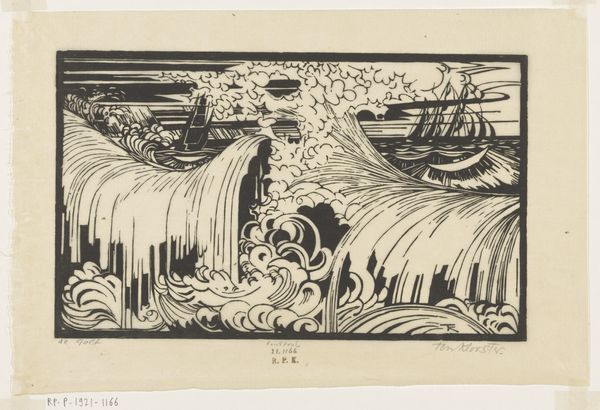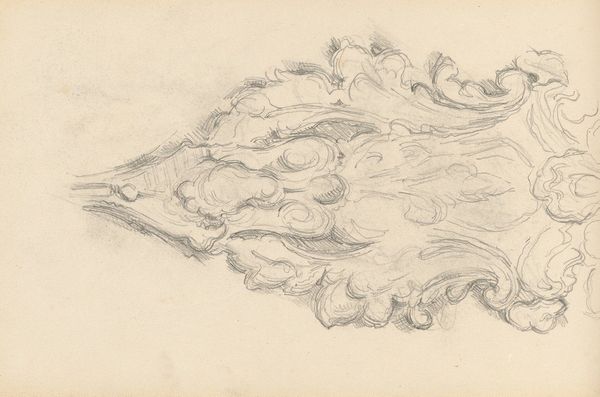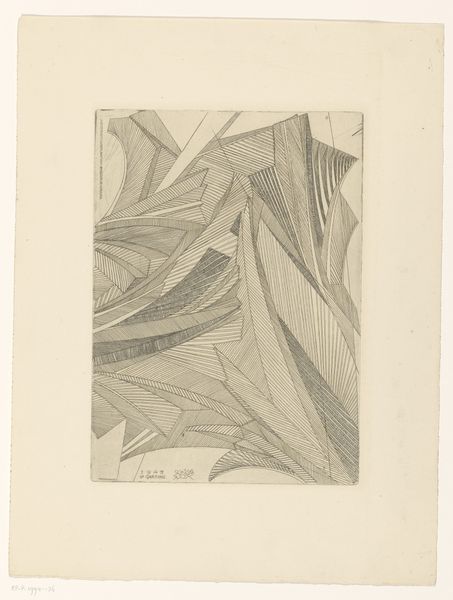
#
light pencil work
#
pen sketch
#
pencil sketch
#
old engraving style
#
personal sketchbook
#
pen-ink sketch
#
pen work
#
sketchbook drawing
#
pencil work
#
sketchbook art
Dimensions: height 134 mm, width 195 mm
Copyright: Rijks Museum: Open Domain
Editor: Here we have "Schelp," a shell drawing by Maurits van der Valk, dating between 1867 and 1914. It’s currently held at the Rijksmuseum. The intricate details achieved with just pen and ink are incredible! It looks almost like an illustration from a fairytale. What stands out to you in this piece? Curator: The shell itself immediately brings to mind the exploration and exploitation of natural resources during the colonial era. Think of the cabinet of curiosities, often filled with objects brought back from colonized lands, reflecting a Western desire to categorize and control the natural world. The shell, in this context, is not just a beautiful object but a symbol loaded with power dynamics and histories of extraction. Do you think the placement of the shell suggests something further? Editor: That's fascinating, I hadn't considered that. The shell's placement almost looks staged, like it’s meant for display. Curator: Exactly. We might think about the gaze, who is looking, and what is being seen. Is this shell presented as a thing of beauty, an object of scientific curiosity, or a marker of wealth and global reach? And how do the visual choices – the precise detail, the controlled environment – contribute to those readings? Editor: So, beyond just admiring its aesthetic qualities, we have to examine the context of when it was made and the broader implications of representing this object? Curator: Precisely. Analyzing visual culture requires that we consider socio-political forces that influenced not only what was created, but also how we understand it. Who benefits from this representation, and what narratives are being reinforced? Editor: I see. It's much more complex than just appreciating a pretty drawing of a shell. Thanks for sharing that perspective! Curator: Absolutely. Art history isn't about definitive answers but engaging with a range of questions, hopefully offering diverse ways to explore it further.
Comments
No comments
Be the first to comment and join the conversation on the ultimate creative platform.
